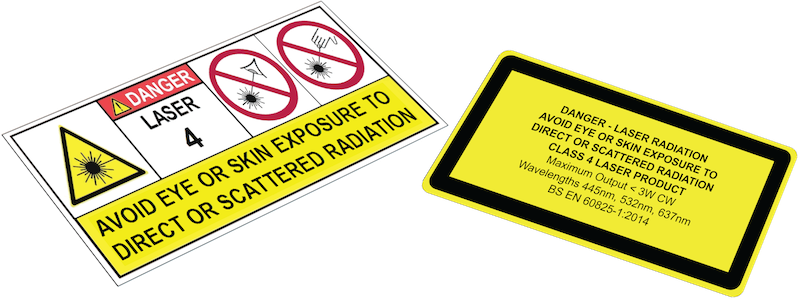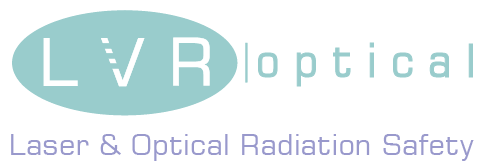
BLOG: Low Risk Class 4 Laser – A Misnomer

In 2007 when the O2 Arena in London opened, it was common for a typical laser show installation to comprise of a 5W centrepiece laser flanked by two 3W lasers. The effects worked well in a sympathetically lit environment. Back then all the beams were bright green of course, with high power full colour solid state projectors still being a relative luxury. Use of those lasers were subject to strict precautions being in place to prevent accidental exposure from the beams and reflections. The safety measures were necessary because such devices were Class 4 laser products.
The laser product safety standard states that direct viewing and skin exposure of beams from Class 4 laser products are hazardous, and that viewing diffuse reflections may also be hazardous. Additionally, the standard states that these lasers often represent a fire hazard. It should therefore come as no surprise that the Health & Safety Executive (HSE) in the UK warns that when Class 3B and Class 4 lasers are used for lighting displays precautions must be taken to control the risk of significant eye injury.
The Class 4 designation is given to the laser product by the manufacturer, allowing the user to quickly be aware of how hazardous the product is, and appreciate what precautions should be taken in using it. Virtually all laser projectors that can output a visible beam exceeding a power level of more than 0.5W (or 500mW) are considered Class 4 laser products. There is no upper limit to the Class 4 category, with the rationale being that any beam outputting 0.5W or more is hazardous. In fact, the typical hazard distance of a 0.5W light show laser is approximately 160 metres.
Over the years I’ve seen many a 1W-2W laser mistakenly set up allowing an errant beam to start burning into paint or wooden surfaces in a venue. Which demonstrates why lasers of that power level are correctly designated as Class 4 lasers.
A 1W laser beam is not low risk. It’s not correct to say a laser of this power level is low risk. It’s a Class 4 laser product that needs the same care as other higher output power Class 4 lasers.
The past 20 years have seen dramatic changes in the technology used to create laser displays. This has made laser projectors with increased power levels far more accessible, and in many instances, possible. As the arms race in using higher power lasers with shows continues, the increasing use of lasers with power outputs of many tens of watts have become the norm. But their abundance shouldn’t diminish the care that the lower power Class 4 lasers still require. A Class 4 laser is a Class 4 laser.
© November 2022 LVR Optical
